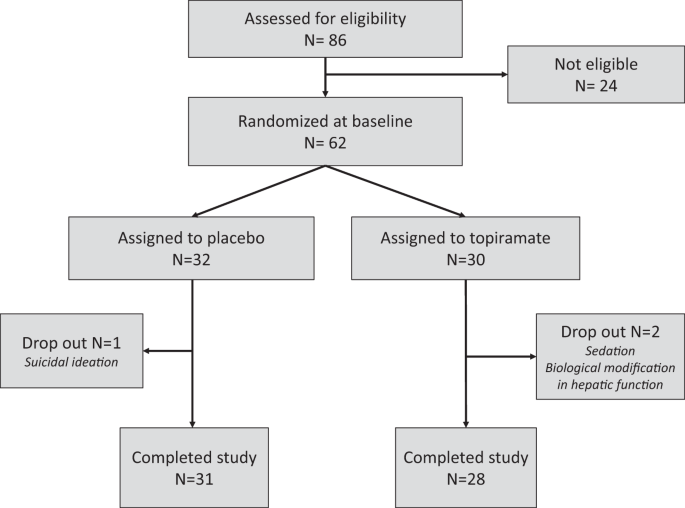
- Select a language for the TTS:
- UK English Female
- UK English Male
- US English Female
- US English Male
- Australian Female
- Australian Male
- Language selected: (auto detect) - EN
Play all audios:
We introduce free-energy machine (FEM), an efficient and general method for solving combinatorial optimization problems. FEM combines free-energy minimization from statistical physics with
gradient-based optimization techniques in machine learning and utilizes parallel computation, outperforming state-of-the-art algorithms and showcasing the synergy of merging statistical
physics with machine learning. Access through your institution Buy or subscribe This is a preview of subscription content, access via your institution ACCESS OPTIONS Access through your
institution Access Nature and 54 other Nature Portfolio journals Get Nature+, our best-value online-access subscription $29.99 / 30 days cancel any time Learn more Subscribe to this journal
Receive 12 digital issues and online access to articles $99.00 per year only $8.25 per issue Learn more Buy this article * Purchase on SpringerLink * Instant access to full article PDF Buy
now Prices may be subject to local taxes which are calculated during checkout ADDITIONAL ACCESS OPTIONS: * Log in * Learn about institutional subscriptions * Read our FAQs * Contact customer
support REFERENCES * Arora, S. & Barak, B. _Computational Complexity: A Modern Approach_ (Cambridge Univ. Press, 2009). THIS BOOK PROVIDES AN IN-DEPTH INTRODUCTION TO COMPUTATIONAL
COMPLEXITY THEORY, EXAMINING THE COMPLEXITY OF CHALLENGES SUCH AS COMBINATORIAL OPTIMIZATION. * Mohseni, N., McMahon, P. L. & Byrnes, T. Ising machines as hardware solvers of
combinatorial optimization problems. _Nat. Rev. Phys._ 4, 363–379 (2022). THIS REVIEW EXAMINES ISING MACHINES, SPANNING QUANTUM, CLASSICAL, AND HYBRID APPROACHES AND COMPARES THEIR
PERFORMANCE. Article Google Scholar * Lucas, A. Ising formulations of many NP problems. _Front. Phys._ 2, 5 (2014). THIS PAPER PROVIDES ISING FORMULATIONS FOR MANY NON-DETERMINISTIC
POLYNOMIAL-TIME (NP)-COMPLETE AND NP-HARD PROBLEMS, DEMONSTRATING HOW TO MAP THESE COMPLEX PROBLEMS INTO THE ISING MODEL FRAMEWORK. * Charbonneau, P. et al. (eds) _Spin Glass Theory and Far
Beyond: Replica Symmetry Breaking After 40 Years_ (World Scientific, 2023). THIS BOOK OFFERS A COMPREHENSIVE OVERVIEW OF THE WIDE-RANGING APPLICATIONS OF SPIN GLASS THEORY, INCLUDING
INSIGHTS INTO THE USE OF THE MEAN-FIELD APPROXIMATION FAMILY. * Bilbro, G. et al. Optimization by mean field annealing. In _Advances in Neural Information Processing Systems_ (ed. Touretzky,
D.) (Morgan Kaufmann, 1988). THE PAPER INTRODUCES MEAN FIELD ANNEALING, A DETERMINISTIC OPTIMIZATION TECHNIQUE THAT ACCELERATES COMBINATORIAL PROBLEM-SOLVING BY REPLACING DISCRETE VARIABLES
WITH CONTINUOUS AVERAGES, ACHIEVING SEVERAL ORDERS OF MAGNITUDE FASTER CONVERGENCE THAN STOCHASTIC SIMULATED ANNEALING. Download references ADDITIONAL INFORMATION PUBLISHER’S NOTE Springer
Nature remains neutral with regard to jurisdictional claims in published maps and institutional affiliations. THIS IS A SUMMARY OF: Shen, Z.-S. et al. Free-energy machine for combinatorial
optimization. _Nat. Comput. Sci_. https://doi.org/10.1038/s43588-025-00782-0 (2025). RIGHTS AND PERMISSIONS Reprints and permissions ABOUT THIS ARTICLE CITE THIS ARTICLE Integrating
statistical physics and machine learning for combinatorial optimization. _Nat Comput Sci_ 5, 277–278 (2025). https://doi.org/10.1038/s43588-025-00794-w Download citation * Published: 26
March 2025 * Issue Date: April 2025 * DOI: https://doi.org/10.1038/s43588-025-00794-w SHARE THIS ARTICLE Anyone you share the following link with will be able to read this content: Get
shareable link Sorry, a shareable link is not currently available for this article. Copy to clipboard Provided by the Springer Nature SharedIt content-sharing initiative








